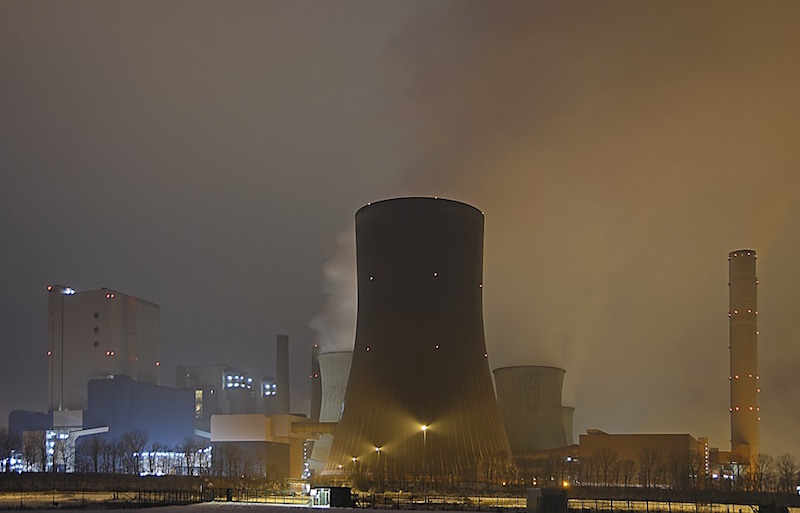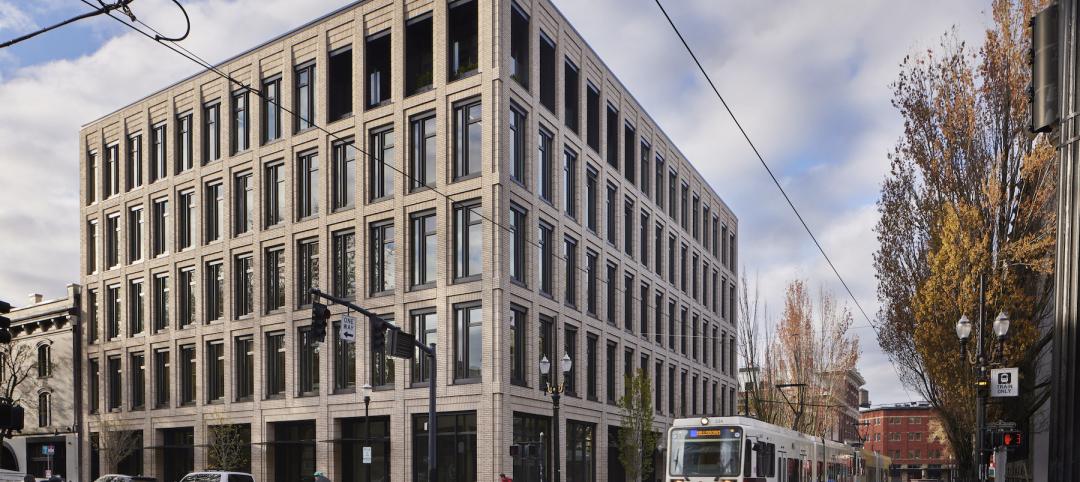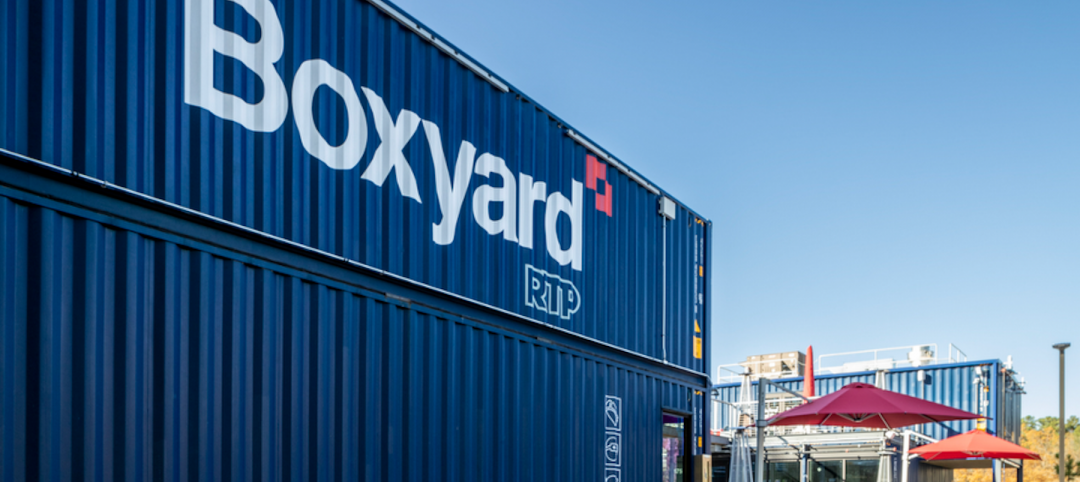In light of the positive news from AIA concerning progress toward its 2030 Commitment targets, it’s nice to see the AEC community showing resolve in this highly charged, post-Paris Climate Accord pullout political environment.
The number of firms involved in AIA’s voluntary pact to slash energy consumption in buildings grew to more than 400 in July. A select number of design practices have already exceeded the initiative’s ambitious target of a portfolio-average predicted energy savings of 70% or greater. To date, more than 330 individual projects designed by 2030 Commitment signatories met or exceeded this target.
If AIA’s estimates are accurate, the environmental and economic impacts of 2030 Commitment projects are significant. The collective potential energy savings from 2016 projects represents 16.7 million metric tons of greenhouse gas emissions, or the equivalent of operating five coal-fired power plants in a given year. The projects also represent more than $1.4 billion in annual energy cost savings.
Impressive, right? But is it enough?
Perhaps not when you consider the types of projects AIA members (and most other AEC firms) work on: primarily new construction, mid- to large-size in scale.
The sleeping giant in the race to slash total energy consumption in the U.S. buildings market is the existing building stock—especially small to mid-sized commercial buildings (50,000 sf or smaller). Retail stores, gas stations, banks, office buildings, schools, auto sales centers—these structures make up 94% of the commercial property stock and represent half of the total square footage. Collectively, they consume 44% of the energy used in all buildings in the U.S., according to DOE.
There is an enormous opportunity to effect change on a wide scale through the deep energy retrofitting of existing commercial buildings. Yet to date, very little progress has been made, according to Jennifer Thorne Amann, Buildings Program Director with Washington, D.C.-based American Council for an Energy-Efficient Economy. In a new white paper, Thorne Amann breaks down the numbers: Of the 332 zero-energy and ultra-low-energy buildings tallied by the New Buildings Institute, only 35 are retrofit projects. Of these, nine were verified as ZEB.
An estimated two billion sf of commercial floor space—2.2% of the total square footage—is retrofit each year, with an average energy-use reduction of 11%. “While this retrofit rate would cover roughly one-third of the existing commercial building stock by 2030, unless the resulting energy savings substantially improve, these retrofits will fall far short of the energy savings goals adopted by states and cities,” says Thorne Amann.
Read her white paper: http://tinyurl.com/ACEEEwp
Related Stories
Energy | Jul 13, 2022
Electrification of buildings, new and old, furthers environmental responsibility and equity
It’s almost a cliché in our industry, but nonetheless: The greenest building is the one that is already built.
Codes and Standards | Jul 12, 2022
USGBC sets out principles for LEED’s future
The U.S. Green Building Council recently published a report containing principles outlining how LEED will evolve.
Building Team | Jul 12, 2022
10 resource reduction measures for more efficient and sustainable biopharma facilities
Resource reduction measures are solutions that can lead to lifecycle energy and cost savings for a favorable return on investment while simultaneously improving resiliency and promoting health and wellness in your facility.
Building Team | Jul 1, 2022
How to apply WELL for better design outcomes
The International WELL Building Institute (IWBI) cites attracting top talent, increasing productivity, and improving environmental, social or governance (ESG) performance as key outcomes of leveraging tools like their WELL Building Standard to develop healthier environments.
Green | Jun 22, 2022
World’s largest commercial Living Building opens in Portland, Ore.
The world’s largest commercial Living Building recently opened in Portland, Ore.
Codes and Standards | Jun 14, 2022
Hospitals’ fossil fuel use trending downward, but electricity use isn’t declining as much
The 2021 Hospital Energy and Water Benchmarking Survey by Grumman|Butkus Associates found that U.S. hospitals’ use of fossil fuels is declining since the inception of the annual survey 25 years ago, but electricity use is dipping more slowly.
Energy-Efficient Design | May 19, 2022
Shipping containers used to build Research Triangle Park’s first community gathering space
Shipping containers were the prominent building material used to construct Boxyard RTP, the first public community and gathering place in North Carolina’s Research Triangle Park (RTP).
Codes and Standards | May 19, 2022
JLL launches non-profit aiming to mitigate climate change
Real estate and investment management firm JLL recently launched JLL Foundation, a non-profit dedicated to making a long-term impact on environmental sustainability.
Headquarters | May 10, 2022
JPMorgan Chase’s new all-electric headquarters to have net-zero operational emissions
JPMorgan Chase’s recently unveiled plans for its new global headquarters building in New York City that is rife with impressive sustainability credentials.
Sponsored | BD+C University Course | May 5, 2022
Designing with architectural insulated metal wall panels
Insulated metal wall panels (IMPs) offer a sleek, modern, and lightweight envelope system that is highly customizable. This continuing education course explores the characteristics of insulated metal wall panels, including how they can offer a six-in-one design solution. Discussions also include design options, installation processes, code compliance, sustainability, and available warranties.

















